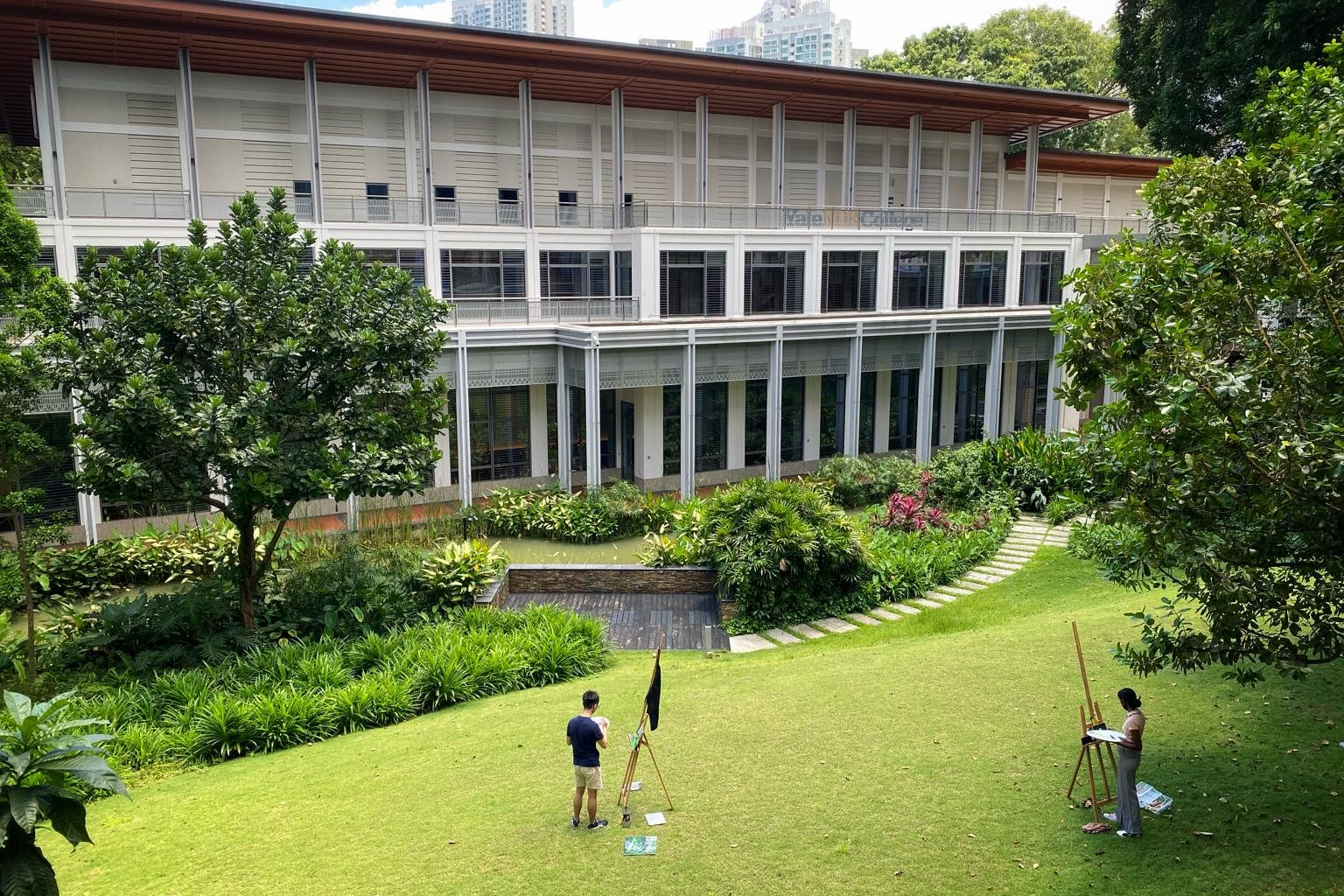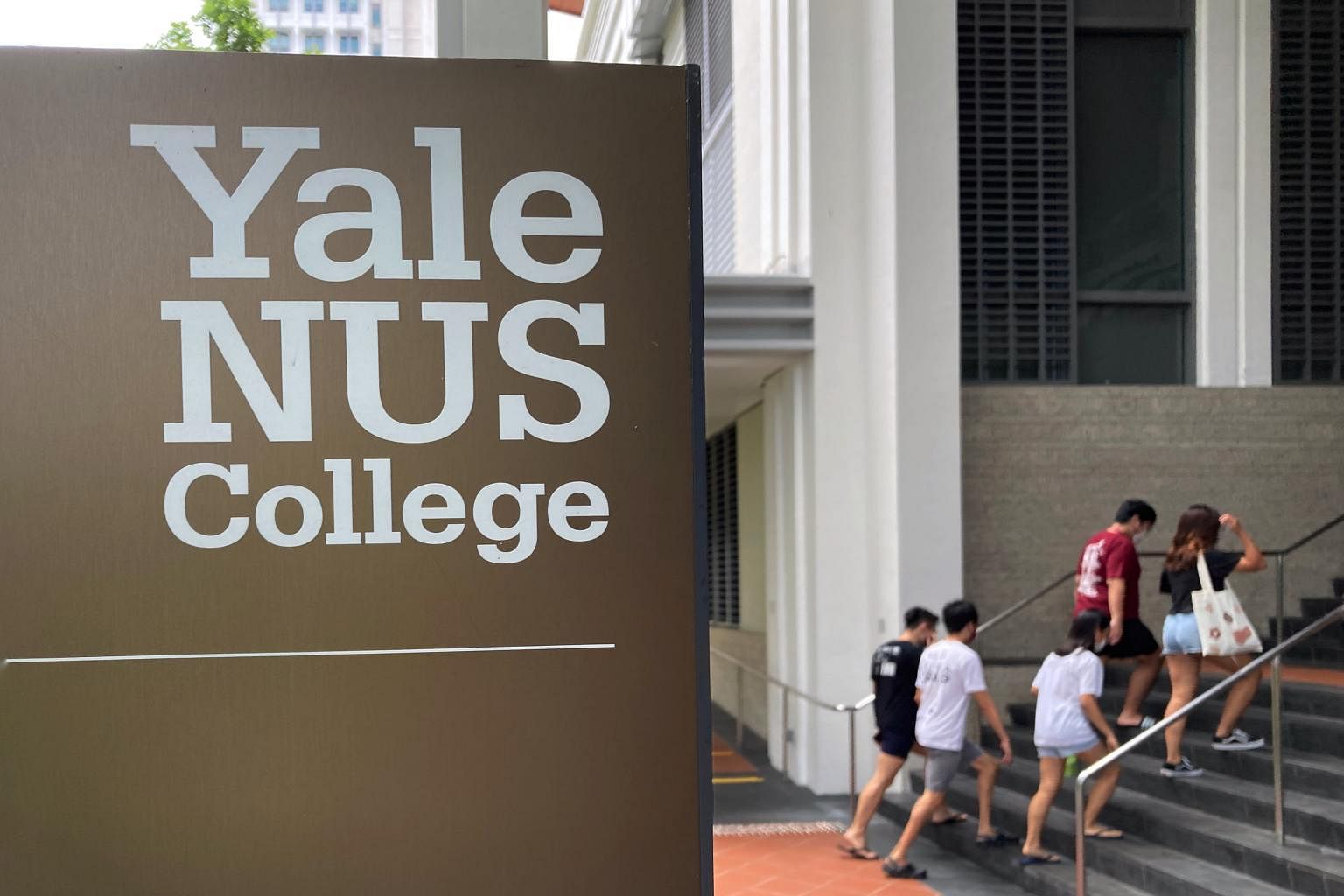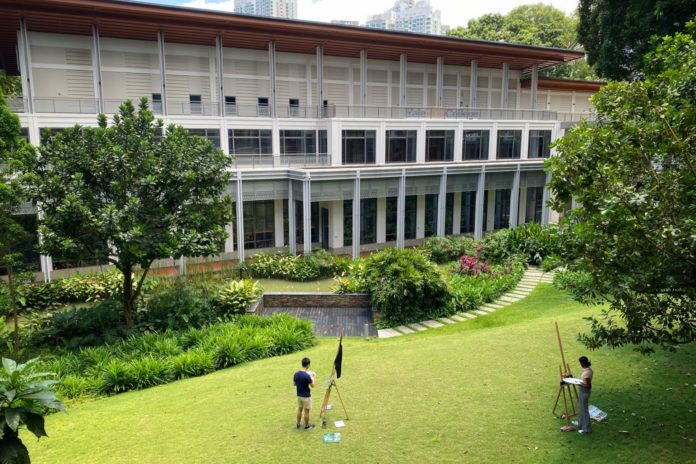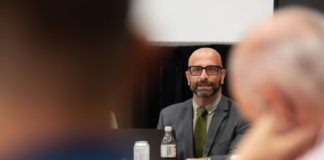SINGAPORE – More than a week since the shock announcement that Yale-NUS College will close its doors in 2025, students and alumni are still wondering if they will get a more detailed explanation of the decision.
On Aug 27, the National University of Singapore (NUS) said in a statement that this year’s intake at Yale-NUS, a liberal arts institution that it set up with America’s Yale University in 2011, would be its last.
Calling the move a “merger”, NUS said the best elements of Yale-NUS and its own 20-year-old University Scholars Programme (USP) will form the basis of a yet-to-be-named new college, which will open next year.
NUS president Tan Eng Chye said NUS was extremely proud of what Yale-NUS has achieved in the past 10 years, and that the experience has contributed to a reimagining of undergraduate education at NUS.
“Our strong belief in the importance of interdisciplinarity, forged through our valuable partnership, has led to the establishment of the New College,” he added.
In a statement from New Haven, Connecticut, Yale president Peter Salovey offered his best wishes to the new college, and thanked the Singapore Government for having made the partnership possible.
The agreement signed in 2011 between NUS and Yale had given either party the option to withdraw in 2025.
NUS officials said that announcing the decision in advance will allow current undergraduates to complete their studies as planned.
Despite the amicable comments from university leaders, many students, alumni and faculty members have expressed anger and unhappiness at the decision and the lack of prior consultation.
Several meetings and townhall sessions have been called.
More than 13,000 people have signed an online petition titled Reverse the Mergers and #NoMoreTopDown initiated by students from Yale-NUS and NUS, calling on NUS to reverse the decision.
The petition includes a call for NUS to reverse two other mergers – between the Faculty of Engineering and the School of Design and Environment to form the College of Design and Engineering, which was announced on Aug 27, and between the Faculty of Arts and Social Sciences and the Faculty of Science to form the College of Humanities and Sciences, which was launched in December last year.
There is also much speculation on the “real” reasons for what many in the Yale-NUS community see as the closure of Yale-NUS.
Interviews with decision-makers, students, alumni and faculty of NUS and Yale-NUS have posited three possible reasons for the decision:
• NUS wanting to go it alone in offering a liberal arts curriculum that is in line with its priorities;
• Concerns over Yale-NUS’ funding and the high costs of a liberal arts college education to taxpayers and students
• Controversies the college has been embroiled in
NUS goes it alone
Professor Tan has described the move as an evolution of USP and Yale-NUS into a new college.
“The New College will offer students the opportunity to benefit from an immersive, interdisciplinary liberal arts education that very importantly offers greater access to multiple pathways, disciplines and specialisations across the NUS ecosystem,” he has said.
Ambassador-at-Large Chan Heng Chee, who sits on the Yale-NUS College board, said the main purpose of the move was to “democratise” liberal arts education in Singapore and make it available and accessible to more local students.
Yale-NUS did not provide figures on the socio-economic profile of the Singaporeans admitted this year, but said citizens made up 60 per cent of the 240-strong intake.
Of this number, 154 students – including permanent residents – were schooled in Singapore, 126 of whom were from junior colleges, integrated programme schools and specialised schools. Eight had graduated from the polytechnics.
Professor Chan, a former head of the political science department at NUS, stressed that NUS, being a public university and the flagship university of Singapore, has a national role to play to prepare Singaporeans for the demands of the future.
“It sees interdisciplinary learning as an important part of preparing students for the future, hence its effort to merge Yale-NUS and USP to have a bigger college that can accommodate more students,” she told The Sunday Times.
Prof Chan said that while Yale-NUS provided a top-notch liberal arts education, NUS has to keep evolving the education it offers “to build an education that is right for the time, and right for Singapore”.
While some form of broad-based, interdisciplinary programmes have been available at NUS over many years, most notably through the USP, Yale-NUS College took liberal arts education to another level.
Its education emphasised the full range of arts, humanities, and social and natural sciences. The common curriculum it developed spanned Western and Asian cultures and perspectives.
During their four-year, fully residential undergraduate experience, they learn in small classes and by collaborating with the faculty and their peers. There are also a range of co-curricular programmes and study and research opportunities abroad.
Yale alumnus Michael Montesano echoed Prof Chan’s remarks when he said that NUS’ decision was based on its priorities for the university as a whole.
Dr Montesano, an American who is currently a visiting senior fellow at a Singapore think-tank, said: “Those priorities doubtless reflect goals and constraints relating to Singapore’s current social and economic realities, and to a vision of how NUS can best serve Singapore and Singaporeans.
“They are related to other changes under way at NUS, and they are inherent in NUS’ mission as a national university with a role to play in an ever-changing society.”
Prof Chan added that the change is part of “a larger realignment NUS started on two years ago, to deliver flexible, interdisciplinary education to more students”.
It also follows the creation of the College of Humanities and Sciences, and the College of Design and Engineering brought about by the merger of the schools of design and environment, and engineering.
Yale-NUS’ financial sustainability

Another consideration had been the question of the college’s financial sustainability, said Prof Chan.
Yale-NUS had hoped eventually to secure as much private funding as top-tier American liberal arts colleges, she said.
Concern about the financial model “started the conversation” about what to do with the college, she told The Economist recently.
On its website, Yale-NUS College reports that as at March this year, its endowment amounted to $429.8 million.
In comparison, Wesleyan University, a liberal arts college in the United States with three times the number of students as Yale-NUS, has an endowment of US$1.13 billion (S$1.5 billion). NUS, with a much larger student body, has an endowment of some $6 billion.
Media reports have quoted Professor Pericles Lewis, the founding president of Yale-NUS, as saying in recent days that the college had “a few years left” to achieve its fund-raising targets.
Prof Lewis, who is now Yale University’s vice-president for global strategy, did not respond to questions from The Sunday Times on the funding target and what meeting it would have meant for the financial sustainability of the college.
He was also asked if college funds could be used to lower tuition and residential college fees for students to improve the accessibility of a liberal arts education here.
Singaporean students who enrolled in Yale-NUS this year would have to fork out $20,000 in tuition fees and another $10,000 in college fees – much higher than the $8,200 tuition fees paid by Singaporean students doing an arts and social sciences degree at NUS.
A USP student entering the arts and social science faculty this year would also pay $8,200 a year in tuition fees.
Before the Covid-19 pandemic, they were required to stay two years in a residential college, which would cost another $7,000 a year.
Ms Gerry Tan, 20, an NUS arts and social science student, said her own experience of applying to Yale-NUS made her question if a liberal arts education was within the reach of students from average Singaporean families if they did not get scholarships.
“My parents are middle-level managers and although I wanted to try for a place in Yale-NUS, they baulked at the fees, which will amount to $120,000 in four years,” she said. “It is out of reach to families like mine.”
Political controversies

Some have asked if the move was because the Singapore Government was uncomfortable with the Yale University faculty’s insistence on academic independence, and its stance on issues like freedom of speech and LGBTQ (lesbian, gay, bisexual, transgender and queer) matters.
They point to how, when plans for the college were announced in 2010, Yale faculty members in the US had expressed concerns over academic independence of the college and constraints on freedom of speech in Singapore.
At the opening of the Yale-NUS campus in 2015, Prime Minister Lee Hsien Loong had said that to succeed, the college needed a curriculum and ethos that responded to the regional context of Asia.
He said it needed “to feel the buzz of societies on the move, to respond to the zeitgeist, the issues, and the priorities of a rising continent”.
Criticisms from Yale faculty members appeared to die down after the college took in its pioneer batch in 2013 and students praised the rigorous liberal arts education they were receiving.
Two years ago, the issue of academic independence surfaced again when a module called Dissent And Resistance In Singapore was cancelled.
The college told Singaporean playwright Alfian Sa’at, who was to lead the course, that it was insufficiently academically rigorous and could pose a legal risk to the students.
Responding to allegations that the college had caved to political pressure in cancelling the module, Prof Lewis conducted an investigation that yielded no evidence of government coercion.
The matter came up in Parliament. Then Education Minister Ong Ye Kung said “academic freedom cannot be carte blanche for anyone to misuse an academic institution for political advocacy”.
The recent move has drawn questions from three Workers’ Party MPs who have filed parliamentary questions asking for more clarity behind the decision and whether the nature of student activism in the Yale-NUS campus played a part in the decision.
Alumnus Daryl Yang, 28, co-founder of student-run group Community for Advocacy & Political Education in Yale-NUS, said: “We may never know if political concerns were indeed one of the considerations.”
But if it was in fact a reason, he said, it may have “backfired” given how it has goaded students across NUS and Yale-NUS to come together and mobilise the #NoMoreTopDown petition.
He felt NUS should put an end to these speculations by ensuring the new college adopts Yale-NUS’ policy on academic freedom, and guarantee incoming students to the new college that they will be able to explore their academic interests outside the classroom the same way Yale-NUS students have been able to.
Prof Chan disagrees with the view that the move was due to political factors.
While the Government may have been “concerned” with some of the controversies over the years, it is not the main reason for the change, she said.
She reiterated how the decision was part of a larger move for NUS to adopt a more flexible, interdisciplinary approach.
Prof Lewis told Yale Daily News, a student-run newspaper in New Haven, last week that questions of academic freedom were not a factor in the decision to close Yale-NUS.
“The NUS people and the Government have been very supportive of academic freedom at Yale-NUS,” he told the paper, adding: “We have been very satisfied with the ability of Yale-NUS students and faculty to exercise their academic freedom and have a really great experience there. That has not been a problem from our point of view.”
Meanwhile, work has started on the new college.
NUS has announced a planning committee chaired by NUS senior deputy president and provost Ho Teck Hua and comprising leaders from USP, Yale-NUS and Yale University.
But some students, alumni and faculty members interviewed are pessimistic that the new college will be able to recreate the Yale-NUS unique model of education that made possible small class sizes, close collaborations between staff and students, and a more participatory approach to learning.
Yale-NUS Associate Professor Matthew Schneider-Mayerson, an interdisciplinary scholar of environmental studies, praised the work of one of his students.
“It took a decade to construct the intellectual community and culture that produced this work,” he said, adding that it was made possible by the “warm and egalitarian relationship between students and faculty” and his student’s commitment and hope that her work would help to educate a new generation of students to address the climate crisis.
Others say these criticisms will die down once the new college is set up and provides its own unique model of education.
A retired academic who has held leadership positions in local universities pointed out that this was not the first partnership a local university had with a prestigious overseas university.
Singapore Management University’s agreement with the Wharton Business School ended after five years, and the Singapore University of Technology and Design (SUTD) said goodbye to its education collaboration with the Massachusetts Institute of Technology (MIT) in 2017, after seven years. SUTD’s research collaboration with MIT ended in June last year.
Of Yale-NUS and NUS’ new direction, the retired academic said: “The two universities are still standing and doing better than ever. Their students enjoy good job prospects. If we want the best elements of liberal arts education from Yale-NUS to continue benefiting our students, then I am confident we can do it, and do it well.”








